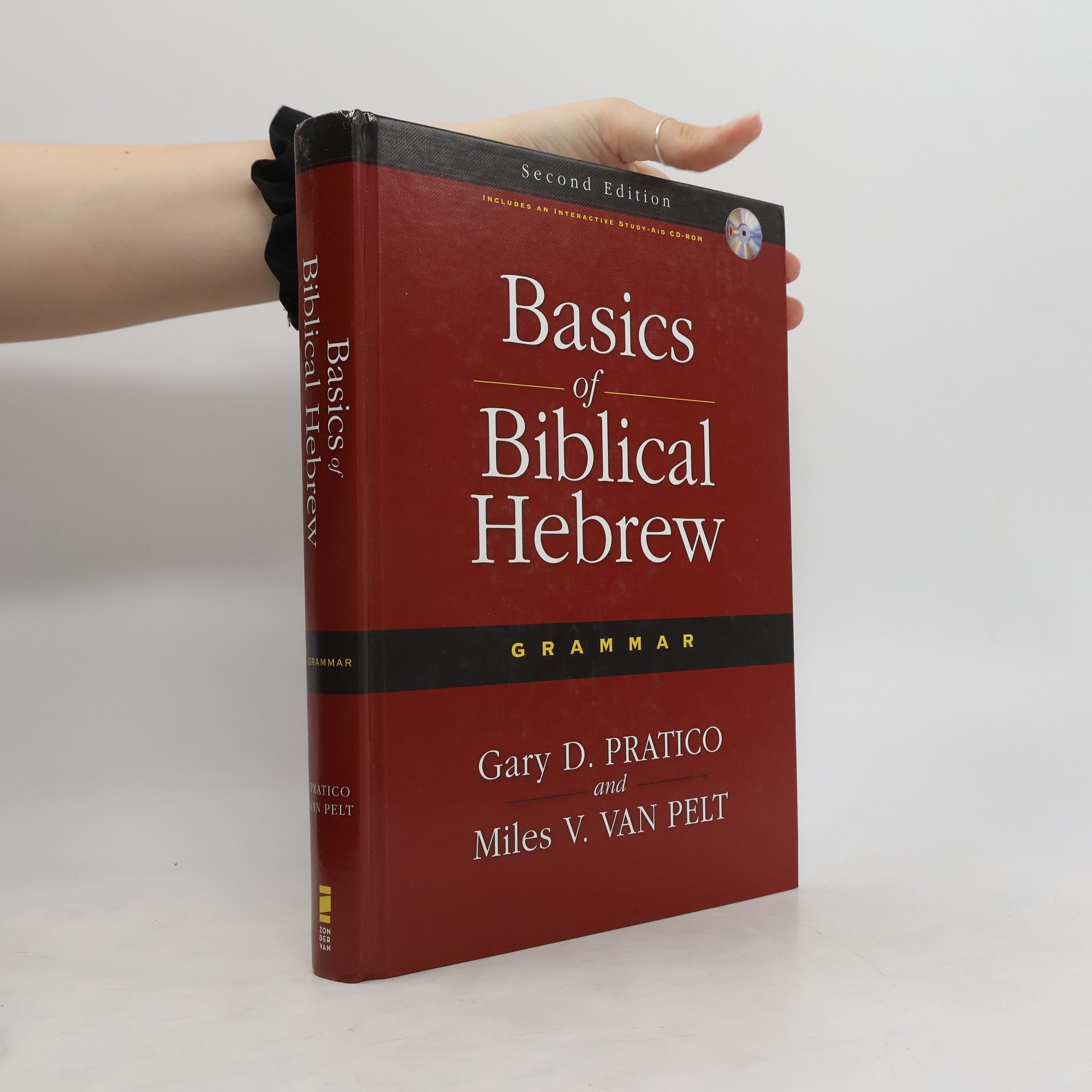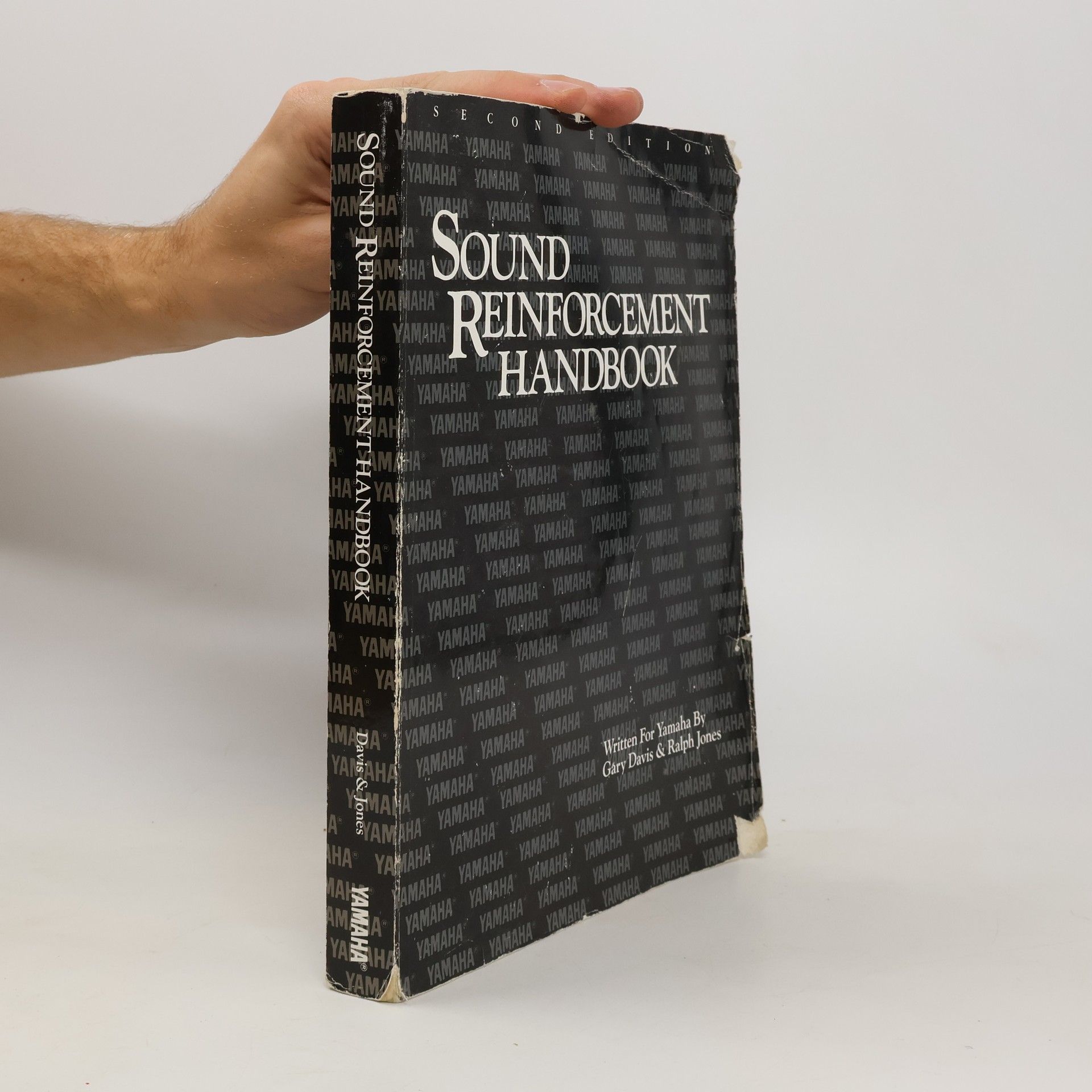Sound Reinforcement Handbook
- 432pages
- 16 heures de lecture
(Yamaha Products). Sound reinforcement is the use of audio amplification systems. This book is the first and only book of its kind to cover all aspects of designing and using such systems for public address and musical performance. The book features information on both the audio theory involved and the practical applications of that theory, explaining everything from microphones to loudspeakers. This revised edition features almost 40 new pages and is even easier to follow with the addition of an index and a simplified page and chapter numbering system. New topics covered include: MIDI, Synchronization, and an Appendix on Logarithms. 416 Pages.



